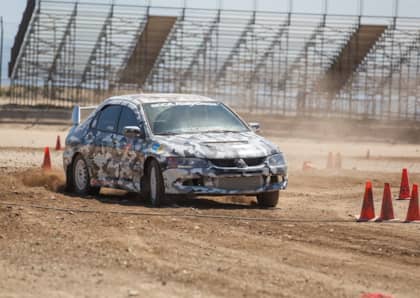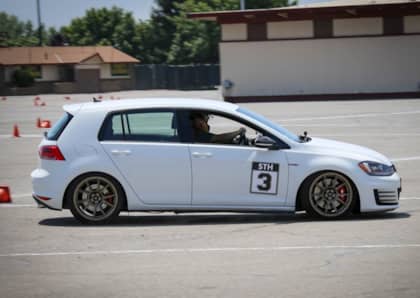10 Things You Need to Do to Start Autocrossing
So, you’re interested in autocrossing. You don’t know much about it, but you know you want to do it.
What type of motorsport is it exactly?
It's amateur auto racing. Autocrossers employ a myriad of different types of cars – from force-fed, maxi-zoom ultra-sauce to commuter slugs on parade, all in their own classes – on temporary racetracks often carved out of the nearest parking lot. Winners are practiced drivers who know their car. The track is brief and curvy, and you’re racing the clock (and other drivers, who are also racing against time). Quickest guy around the course wins, while cones hit and course missed add to your time.
Imagine yourself a short-course racer? You can do this.
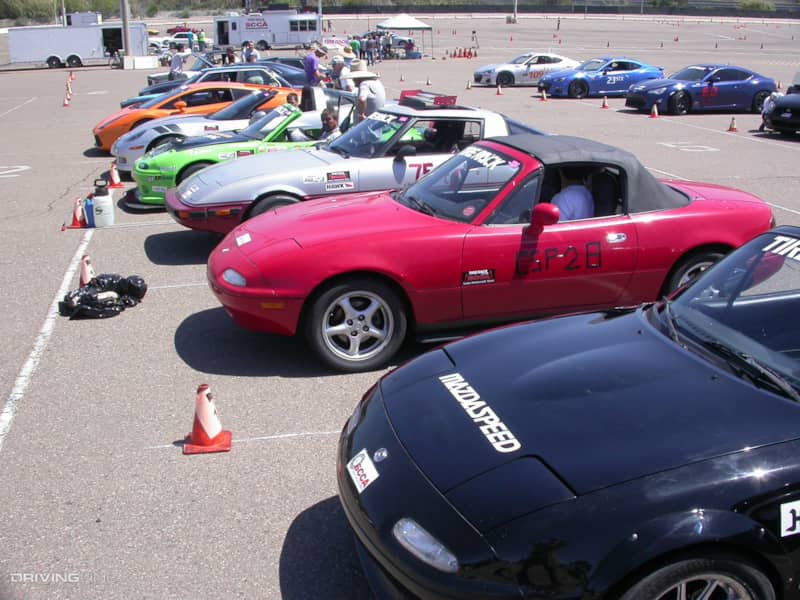
What’s the draw?
Anyone can race, and anyone who's willing to practice can be good enough to win. There’s a huge population of autocrossers in the US and beyond, and some are very, very fast. Competition is fierce. Any car (and some trucks) can race, so if you brung it, you can run it. Best yet, many of the autocross champs you meet are doing it in the same sled they drive to work (race on Sunday, sell on Monday) and cone racing doth maketh the sloth go like lightning.
We bent the ear of a legitimate fast guy to learn a few of the must-dos to get going racing. In speaking with Bret Norgaard, the suspension and shock engineer behind Yawsport (previously doing the same for Bilstein), he made it very clear that going fast is not about parts. As a 25-year autocross and SCCA Pro Solo competitor, two-time runner up at the Solo2 Nationals and who currently campaigns a nasty Street-Mod FWD (SMF) Acura TL in Solo2 and hillclimbs, Bret stated unequivocally that going fast all comes down to you. Going racing is as much learning to handle yourself as you can a vehicle, and not so much about the parts. You need to be prepared to race.
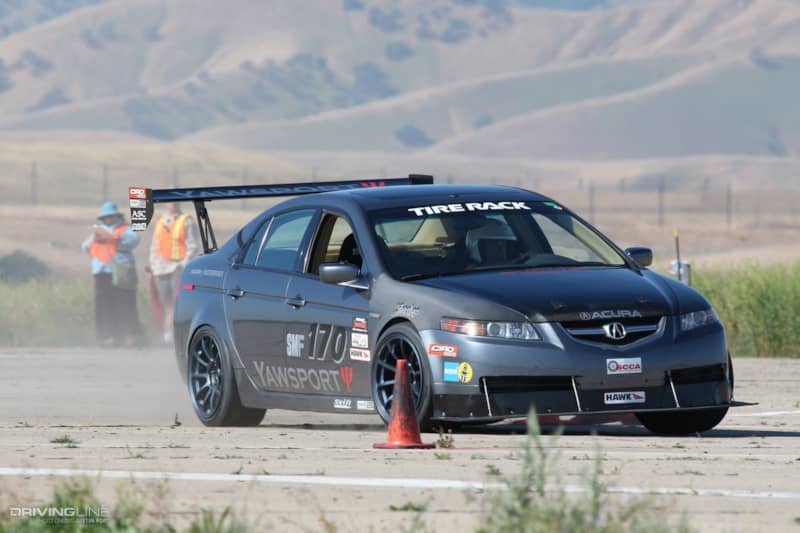
Decide where you want to go with your racing. What do you want to do? Is this a hobby? Do you want to become a better driver? Enjoy your car more? What about regional or national competition? Each of these has a different arc, and decisions like competing at a regional or national level change everything.
Here are 10 things to get you started in autocrossing:
1. Restrain yourself.
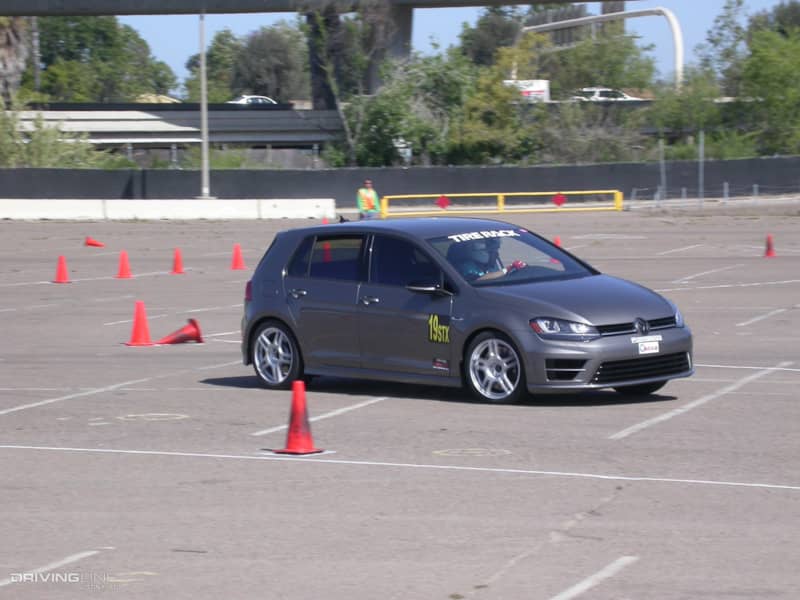
Don’t modify anything on your car before you begin. You’re learning to drive all over again. Don’t enhance the car, enhance you. You’re relearning the car and its capabilities, tuning yourself to make you faster.
2. Find an autocrossing club.
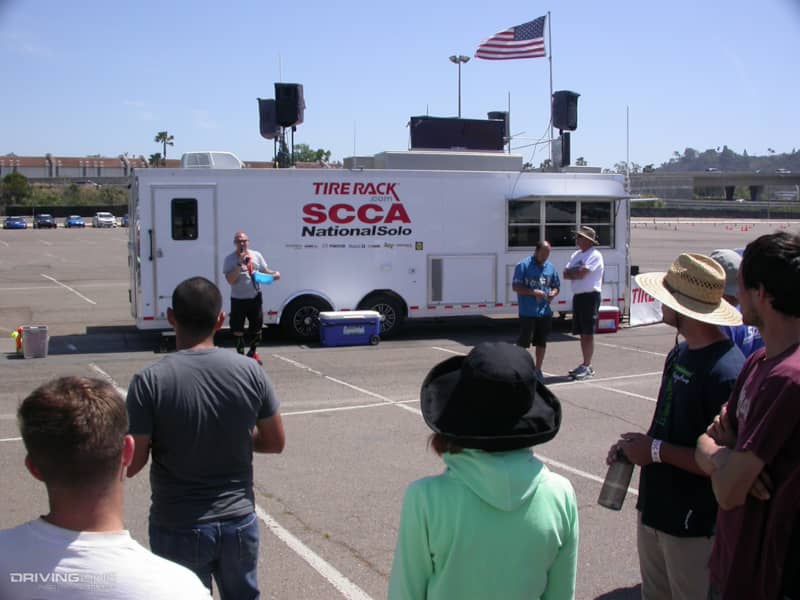
SCCA, Porsche, BMW, whatever. This is driven (in part) by what you drive and who you know. There’s no Focus or Subie or Honda club, however, so most folks go to the SCCA. That said, if you’re in a Focus, you can enter events that aren’t just the SCCA – try that Porsche club event. They might not be so happy about you beating them, though, and if you try to join the club they will lose your paperwork.
3. Do your homework (#1).
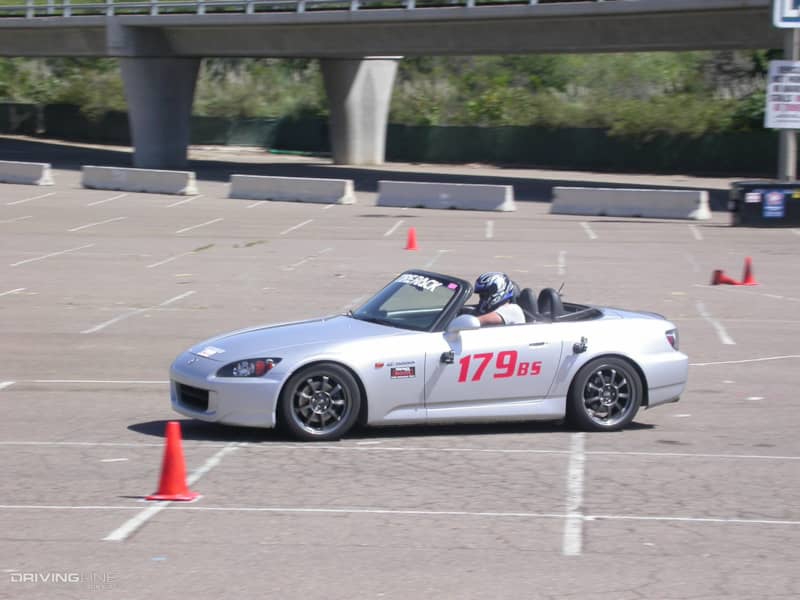
Pay attention to who’s quick in cars that aren’t modified. Talk to them, who they are, learn their arc, how they progressed in the sport. Are they regional or national? You want to gauge yourself against them, against their growth curve and how they got to be so fast.
4. Take a driving school.
At the first opportunity, find one put on by a regional autocross group. They generally run midyear and at the end of the season (when getting ready for the start of the next).
5. Get your temporary (and eventually permanent) license.
If you race an event, you’ll be required to have that temporary license. You don’t need to join the organization to take part in a driving school, but you will need their permission. That’ll cost $40, $60, $80, somewhere in there (it’s for insurance...). That cost usually goes towards your annual membership if when you choose to join.
6. Drive, drive, drive.
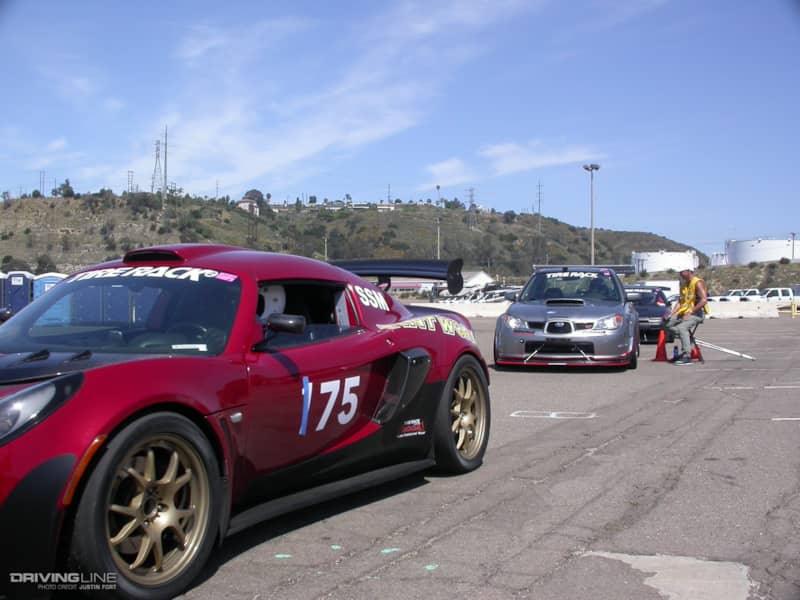
Drive your brains out. Go to practices, events, track days. Try things you shouldn’t do in traffic. Find your limits. Seat time, seat time, seat time.
7. Make changes to your car.
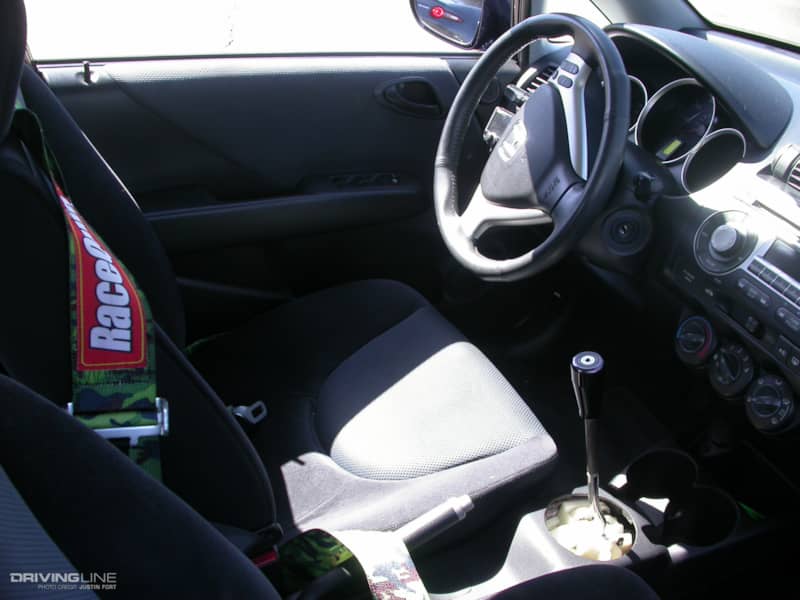
Don't modify your car (yet), just make changes. Seating positions, wheel position, tire pressure, alignment, everything. Talk to people who know your car already; they’ll be able to guide you. Tire pressure and seating are the best ways to start experimenting for free, and every tweak here and there will make the car react differently. You want to figure out how to drive your car fast first before modifying it.
8. Do your homework (#2).
Put an expert in your car. Find someone who’s fast in your type of car (all-wheel drive, rear-wheel drive, whatever) and have them drive your car. Someone with some regional cred, someone who’s won. Talk with them about how you’re set up, and where to start improving (keep in mind, you’re the new guy; you don’t get to drive anyone else’s car).
9. Document everything.
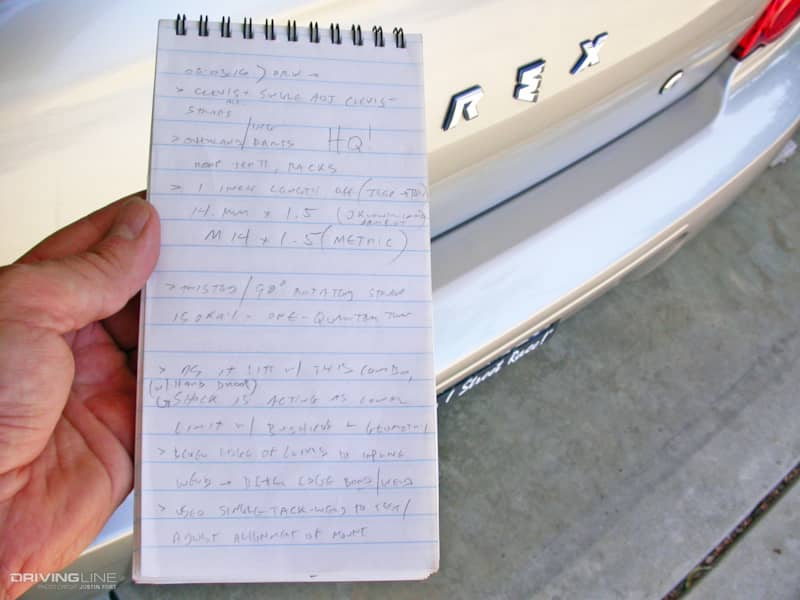
Take lots of notes: Suggestions from fast guys. Tire pressure. Seating position. The daily temperature. Tire wear. Get in-car footage. If you document your development, you can know what you’re doing to be fast (or slow). Write it, film it, think it, memorize it.
10. Earn some humility.

Enter a national level event. Compete with the fast guys. Get beaten. Don’t be afraid to have your ass kicked by someone who’s so much better than you that they make policemen blush. Then learn from them.
Here's a bonus tip!
Go to the SCCA Nationals. It’s the greatest motorsport event you’ve never heard of, held every year in Nebraska. Make a trip out of it, and since it's not Los Angeles, you might be able to afford it. Surround yourself with the fastest people in the country. Drive your racer cross-country full of track tires and spare brake pads and just race. You may be a hero in your town, but that doesn’t mean squat at the Nats. Just go.





